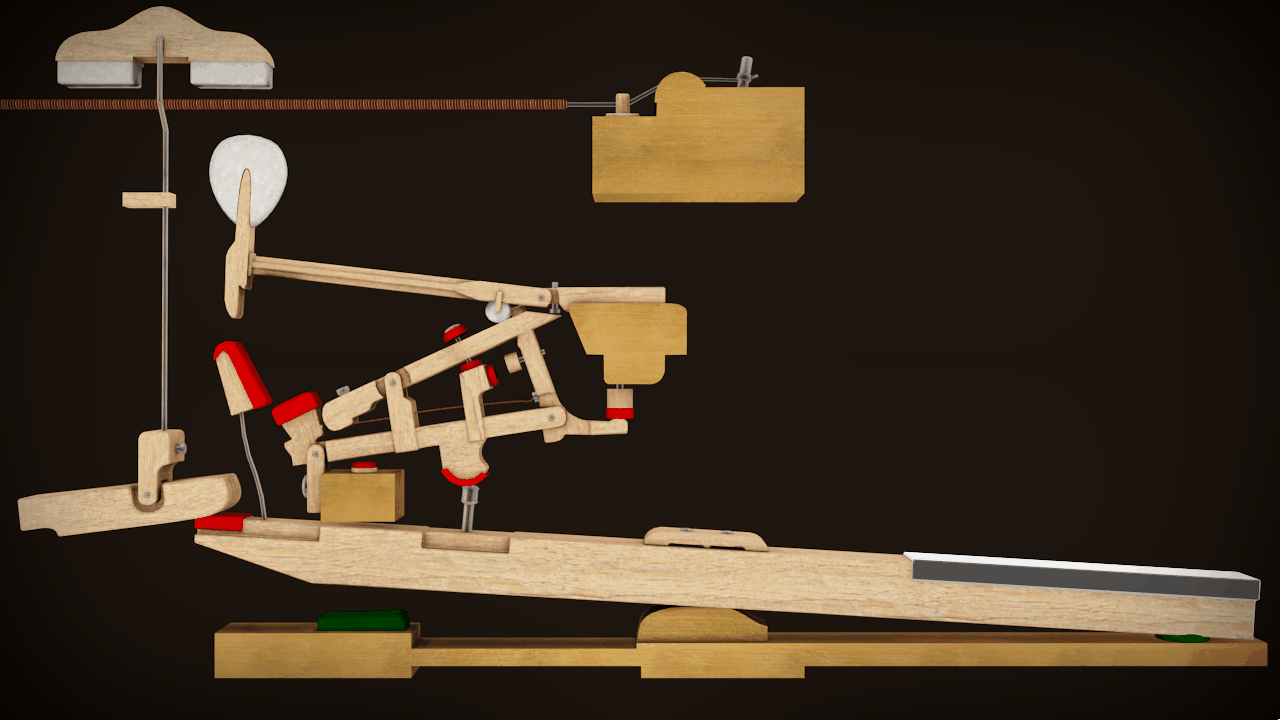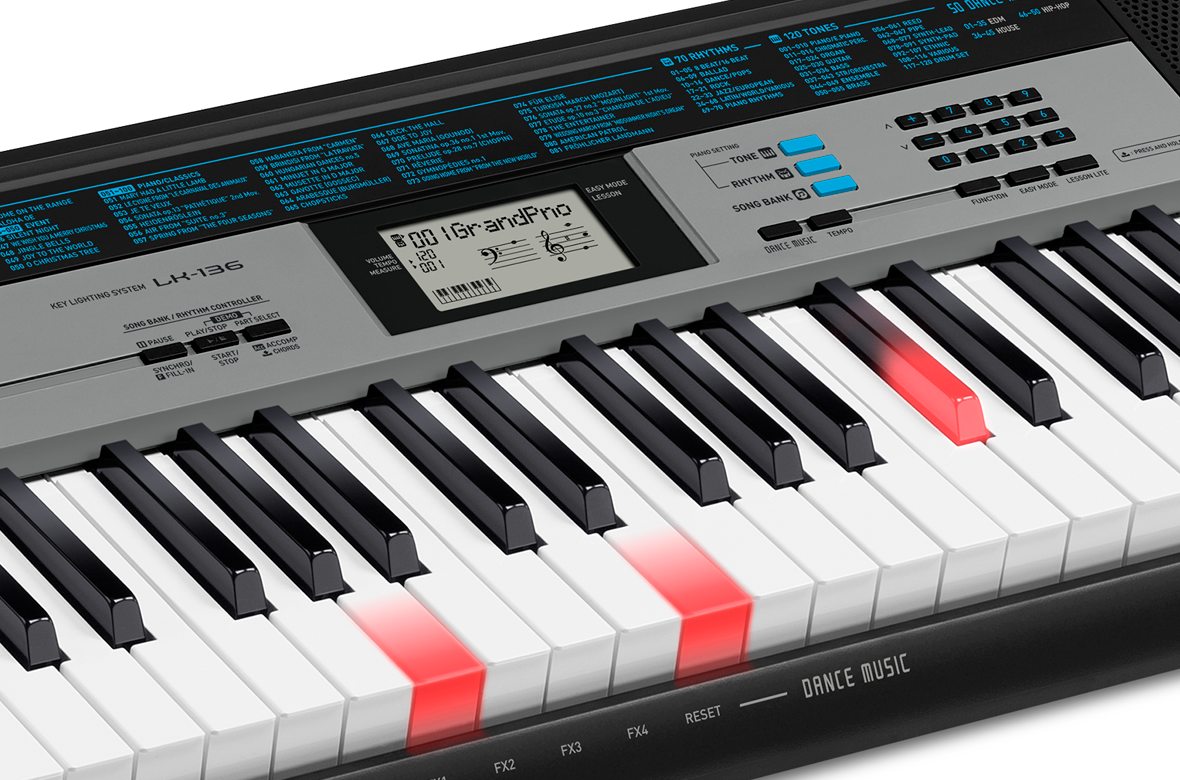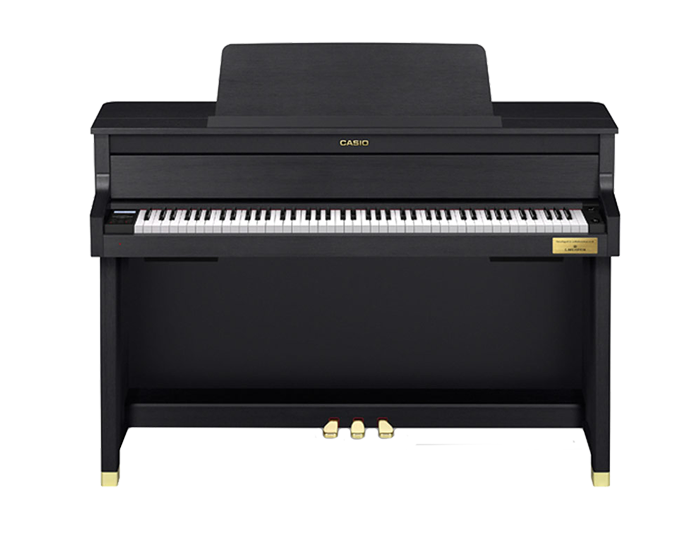The Technology Behind Grand Hybrid
/Grand Hybrid pianos are renowned for their authentic touch, thanks to the pioneering Natural Grand Hammer Action.
However, there is a lot more to these instruments than just an outstanding hybrid key design. Chris Stanbury reveals more about what makes these award-winning instruments unique.
The heart and soul of Grand Hybrid - Bechstein’s D282 Concert Grand Piano
Three European Piano Tones
Thanks to Casio’s collaboration with C.Bechstein, one of Europe’s most prestigious acoustic piano manufacturers, every Grand Hybrid has the heart and soul of a legendary acoustic grand inside, the D282 (RRP £138,000). Every note of this fine instrument is digitally recreated, giving you the same beautiful sound in a more compact form (plus, you can use headphones for silent practice!).
What’s more, there are two other European piano tones to explore too, named ‘Hamburg’ and ‘Vienna’ after the locations of other famous piano manufacturers. This is an incredible opportunity for students to explore the contribution that different piano tones make to their performance.
String Resonance, Duplex Scaling and Much More
When we hear a traditional piano, we’re not usually aware of how many different parts there are to the sound itself. Most digital pianos only capture the main part, what we call the basic ‘core tone’. As a result of intensive research carried out by Bechstein and Casio, a much more realistic recreation was possible that looked much more closely at the different parts of what make up a piano tone:
String Resonance - These are the extra harmonics that you can hear ‘ringing’ when you play an acoustic piano. Put simply, it’s the sound of the strings resonating which gives an acoustic piano its richness. These harmonics are also heard in every Grand Hybrid, as the ultra-fast AiR sound processor has a complete set of ‘virtual strings’ which are modelled in realtime when you play.
Duplex Scaling - In the largest concert grand pianos, the notes of the top third of the instrument have an extra fourth string. More strings per note mean a more brilliant sound, designed to fill a concert hall. The GP400 and GP500 recreate this incredible clarity, reproducing the sound of the finest acoustic instruments.
Action Noise - The mechanical noises of the keys and hammers working are part of every acoustic piano. Strangely, most digital pianos do not include these. Casio believe that these elements are an important part of an instrument’s character, which is why they are included in GP400 and GP500 models.
Key Off Simulator - Did you know that the speed of key release changes the sound of a note? Every Grand Hybrid senses whether a key is released quickly or slowly, for true legato and staccato tone reproduction.
Hear the acoustic of famous venues as you play, such as Sydney Opera House.
Hall Simulator
When designing the Grand Hybrid series, engineers in Japan and Berlin made it their mission to produce an instrument that embraced digital technology.
One of the results of this forward-thinking approach is Hall Simulator. If you’ve ever wondered what it would be like to perform in a world-famous venue, Hall Simulator brings this dream one step closer to reality.
Using scientific measurements taken from Sydney Opera House, Wembley Stadium and many more, the advanced AiR processor in Grand Hybrid calculates the change in acoustics that you would hear if you were really playing in these famous places. The result is spectacular and has to be heard to be believed!
Watch pianist Graham Fitch show you how you can enjoy learning the piano and practising pieces using the Concert Play Feature, on the Casio Grand Hybrid.
Concert Play
Imagine being on stage with a world-famous symphony orchestra. This is the essence of Casio’s free Concert Play library. Stored in every Grand Hybrid are high-quality audio recordings of 15 pieces of specially-arranged orchestral masterpieces, ready for you to play along to. The musical scores are included, plus there are over 30 new arrangements to be downloaded free from Casio’s webpage.





























